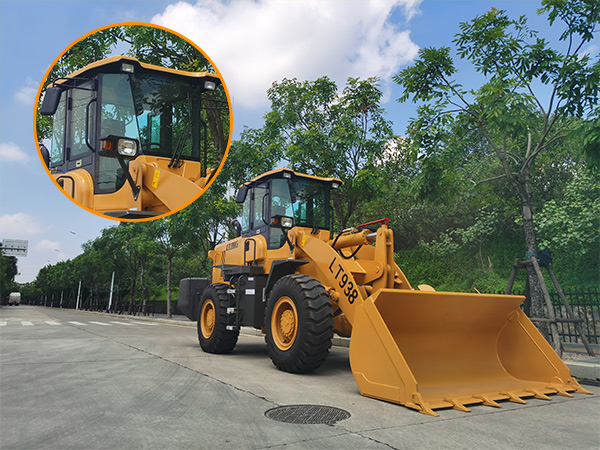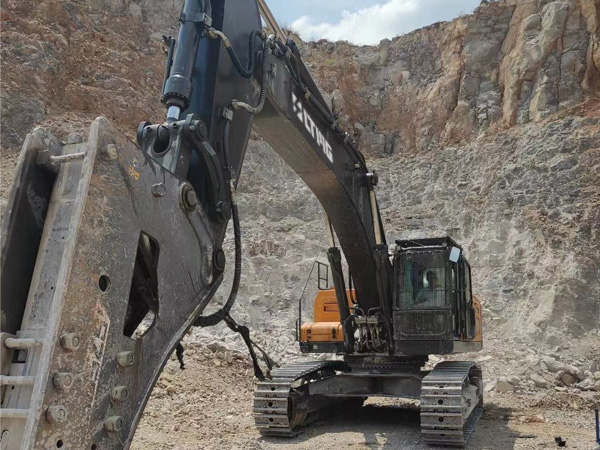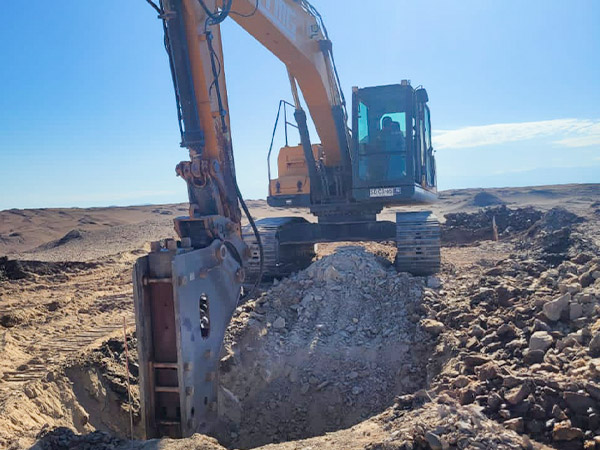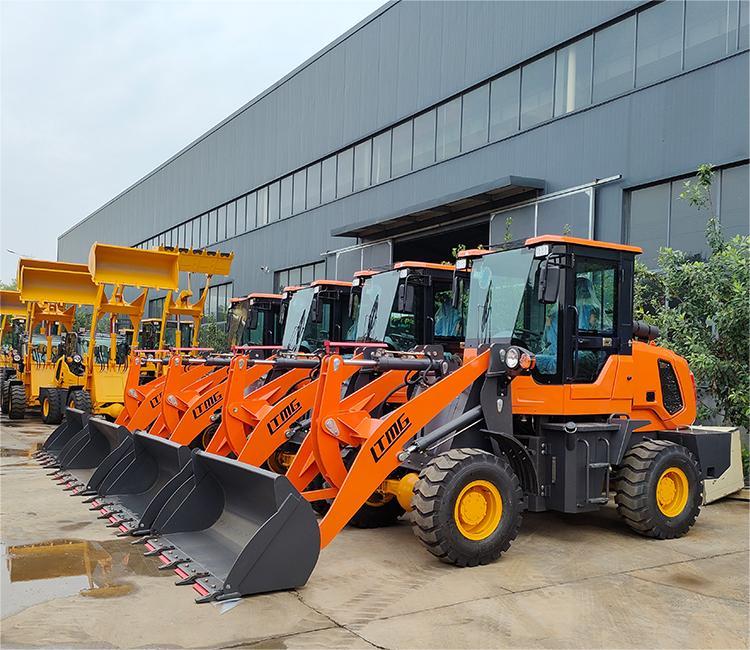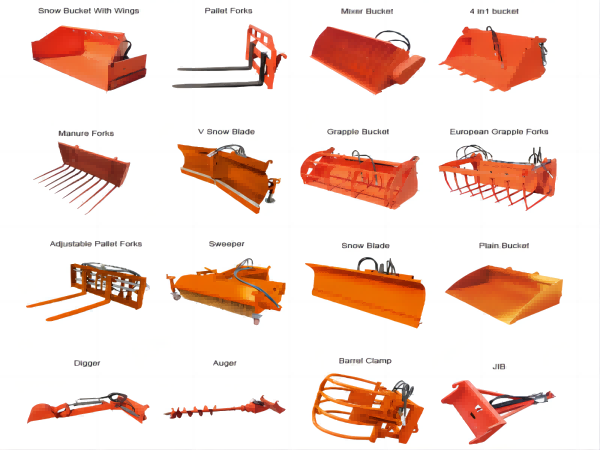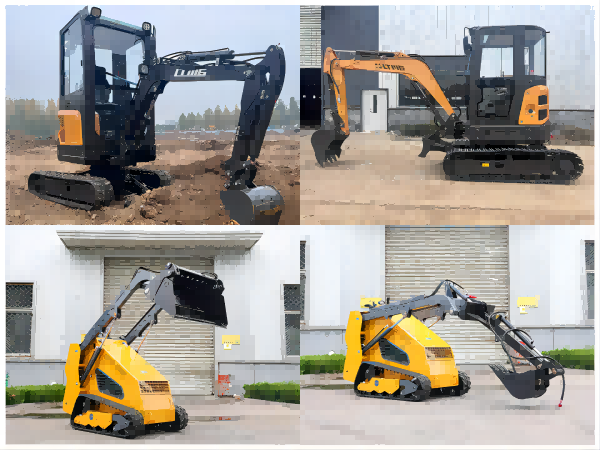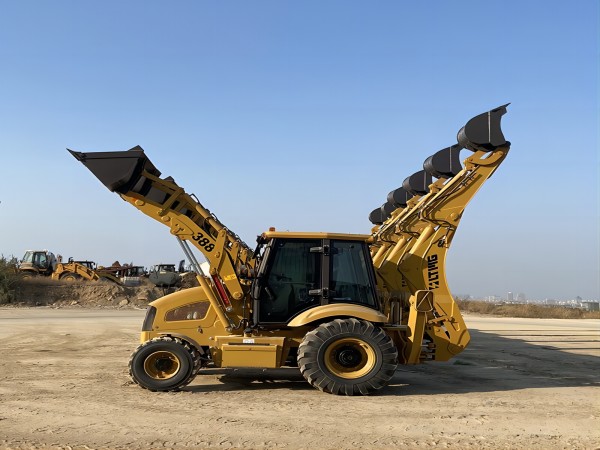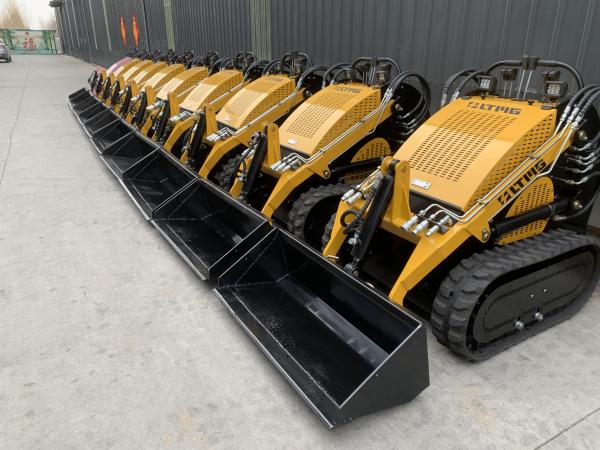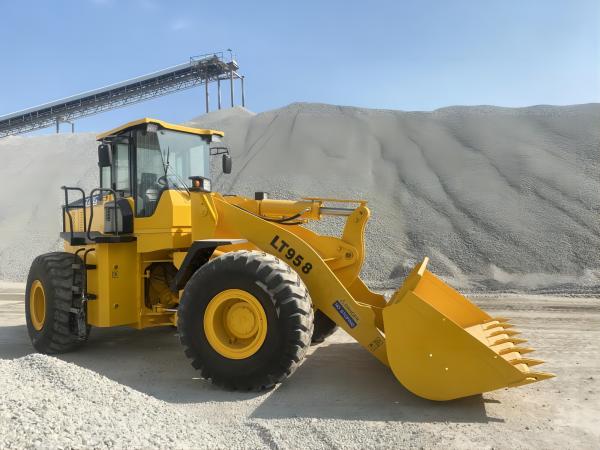The Versatility of Backhoe Loader Attachments
Nov 16, 2023
Backhoe loaders are incredibly versatile machines that represent the perfect combination of a tractor and a front-end loader. These workhorses of the construction industry can be equipped with a variety of attachments that make them capable of performing multiple tasks, from excavation and loading to trenching and material handling.
In this guide, LTMG will introduce you to the most typical backhoe loader attachments and their specific uses, helping you maximize your job site efficiency.
A Complete Guide to 6 Essential Backhoe Loader Attachments
1. The Bucket: The Foundation of Versatility
The bucket is the most fundamental and frequently used attachment for a backhoe loader. While primarily used for excavation and loading tasks like moving soil, rocks, or other loose materials, its capabilities extend far beyond that, depending on its design.
Standard Buckets: Perfect for general-purpose digging and moving material.
Wide or Ditching Buckets: Ideal for grading, leveling, and backfilling.
Rock Buckets: Reinforced with stronger steel and teeth to handle abrasive materials like rock and concrete debris.
Clamshell Buckets: Feature two hinged halves that can open and close, perfect for gripping and lifting bulky or awkwardly shaped items.
2. Auger: For Precision Drilling
The auger attachment transforms your backhoe into a powerful drilling machine. It's the go-to tool for creating clean, precise holes in the ground for a variety of applications.
Common Uses: Fence post installation, planting trees and shrubs, creating footings for foundations, and taking soil samples.
Key Features: Augers come in different diameters and lengths to accommodate various hole sizes and depths. Some advanced models offer interchangeable drill bits to cater to different soil conditions, from soft loam to compact earth.
3. The Breaker (or Hammer): Powering Through Tough Surfaces
For tasks that involve demolition or breaking through hard surfaces, a hydraulic breaker (or hammer) is indispensable. This powerful accessory is essential for many construction, demolition, and roadwork projects.
Primary Tasks: Demolishing concrete or asphalt, fracturing large rocks, and trenching in hard, frozen, or rocky ground.
Important Note: It's crucial to match the breaker's power and hydraulic flow requirements to your backhoe's specifications to ensure optimal performance and prevent damage.
4. The Grapple: For Secure Material Handling
A grapple attachment significantly enhances a backhoe's material handling capabilities. It functions like a powerful set of jaws, allowing operators to securely grip, lift, and move objects that are difficult to handle with a bucket.
Ideal For: Clearing logs and brush on a land-clearing site, moving demolition debris, and handling recyclable materials in waste management facilities.
Benefits: The secure grip provides greater control and safety when moving large or uneven items around the worksite.
5. Trencher: For Digging Precise Trenches
When a project requires digging narrow and consistent trenches, the trencher attachment is the perfect choice. It uses a rotating digging chain with sharp teeth to cut cleanly through the ground, improving productivity and minimizing manual labor.
Applications: Essential for installing utilities like water lines, electrical cables, gas pipes, or drainage systems.
Advantage: A trencher creates precise and uniform trenches much faster and more neatly than a standard bucket, reducing the amount of backfill needed.
6. Compactor: For a Solid Foundation
The compactor attachment is used to compact soil, gravel, and other loose materials, creating a stable and level surface. It features a heavy vibrating plate that exerts downward force, removing air pockets and increasing soil density.
Where It's Used: Paving projects, road construction, foundation preparation, and landscaping tasks.
Types: The most common type is the vibrating plate compactor. For trench work, a compaction wheel can also be used to effectively compact soil after a pipe has been laid.
How to Choose the Right Backhoe Attachment
Selecting the right attachment is key to getting the most out of your machine. Consider these factors:
Project Requirements: What is the primary task? Is it digging, drilling, breaking, or something else?
Material: What kind of material will you be working with (e.g., soft soil, rock, concrete, debris)?
Backhoe Compatibility: Ensure the attachment's weight and hydraulic requirements are a match for your backhoe loader's specifications.
Job Site Conditions: Consider the space and terrain of your worksite.
Unlock Your Backhoe's Full Potential
We offer Backhoe Loaders with diverse usage attachments to meet your exact needs. If you are unsure about the best attachments for your job, please don’t hesitate to seek advice and guidance from our team at Email: market@ltmg.com. Our professionals commit to improving your backhoe’s efficiency, productivity, and output.
